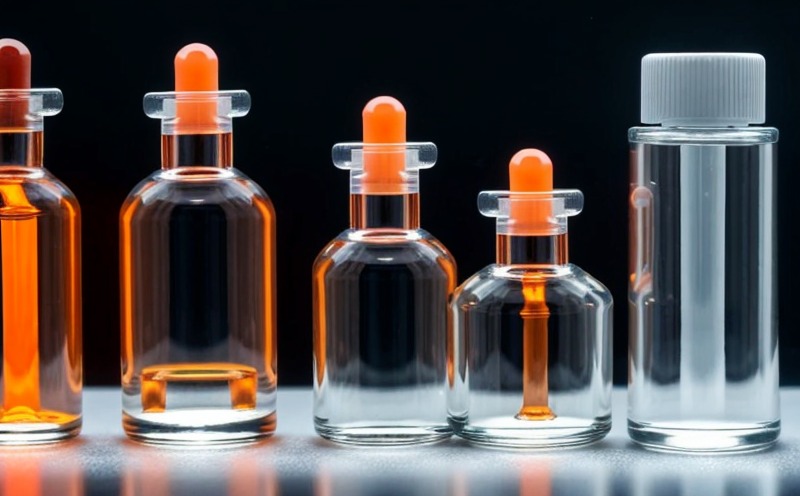OECD TG 202 Daphnia Acute Toxicity Test for Nanoparticles
The OECD TG 202 Daphnia Acute Toxicity test is a pivotal tool in nanotoxicology and safety testing, especially when evaluating the potential hazards of nanoparticles. This standardized test provides a robust framework to assess the acute toxicity of nanomaterials on freshwater crustaceans (Daphnia magna), which are widely used as sentinel organisms due to their rapid reproductive rates and sensitivity to environmental stressors.
The test is particularly crucial in sectors like pharmaceuticals, cosmetics, agrochemicals, and consumer goods where nanoparticles are increasingly being incorporated into product formulations. By ensuring that these nanomaterials do not pose a significant risk to aquatic ecosystems or human health, the OECD TG 202 helps companies comply with stringent regulatory requirements.
The test protocol involves exposing Daphnia magna to aqueous suspensions of nanoparticles under controlled conditions for a specific duration. The primary endpoint is the determination of the median lethal concentration (LC50), which indicates the concentration at which half of the test organisms die within a defined period. This provides valuable insights into the toxicity profile of nanomaterials and aids in risk assessment.
For this test, sample preparation involves several critical steps to ensure accuracy and reproducibility. The nanoparticles must be dispersed uniformly in water, ensuring that the concentration is precisely controlled. Precautions are taken to minimize any potential artifacts or biases introduced during handling. These include using appropriate dispersants and optimizing pH conditions to enhance solubility.
The test apparatus typically includes a flow-through system where Daphnia magna are exposed continuously to the nanoparticle solution over 48 hours, allowing for real-time observations of mortality rates. The use of this continuous exposure method is crucial as it better simulates the actual environmental conditions nanoparticles may encounter in aquatic ecosystems.
Acceptance criteria for the OECD TG 202 are stringent and ensure that results from different laboratories can be compared reliably. These include maintaining consistent water quality parameters, using standardized nanoparticle dispersions, and adhering to precise timing protocols. Compliance with these criteria is essential to generate reliable LC50 values and to facilitate meaningful comparisons across studies.
| Standard | Description |
|---|---|
| OECD TG 202 | Test Guideline for the Acute Toxicity of Nanomaterials to Daphnia magna (48-Hour Test) |
| ASTM E3625 | Standard Guide for Testing Nanomaterials in Aquatic Systems |
Why Choose This Test
- Comprehensive assessment of nanoparticle toxicity on aquatic organisms.
- Strict adherence to internationally recognized standards ensuring high reliability and reproducibility.
- Precise determination of LC50 values, critical for risk assessment and regulatory compliance.
- Robust methodology that accounts for the unique properties and behaviors of nanoparticles in aquatic environments.
- Supports research and development efforts by providing accurate data on nanoparticle behavior.
Customer Impact and Satisfaction
The OECD TG 202 Daphnia Acute Toxicity Test has significantly contributed to the advancement of nanotoxicology, ensuring that products containing nanoparticles are safe for both human health and the environment. By providing reliable data on nanoparticle toxicity, this test enables companies to make informed decisions regarding product development and formulation adjustments.
Customer satisfaction is paramount in our laboratory services. We pride ourselves on delivering accurate, timely results that meet or exceed regulatory requirements. Our experienced team of toxicologists ensures that all tests are conducted with the highest level of expertise and precision. This commitment to quality has earned us a reputation as a trusted partner for nanotoxicology testing.
Moreover, our service is designed to accommodate diverse customer needs, whether you require basic acute toxicity data or more complex studies involving multiple endpoints. Our flexible approach allows us to tailor our services to meet your specific requirements, ensuring that you receive the most relevant and actionable insights.





